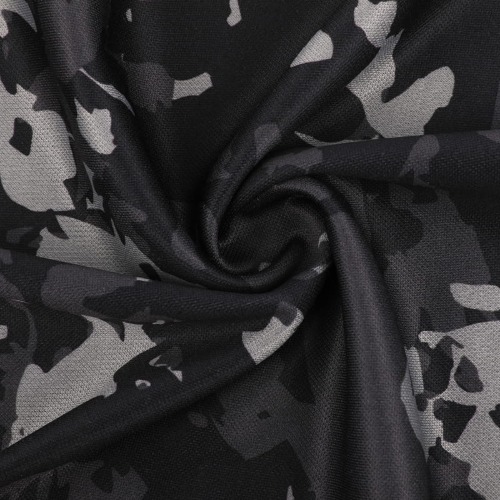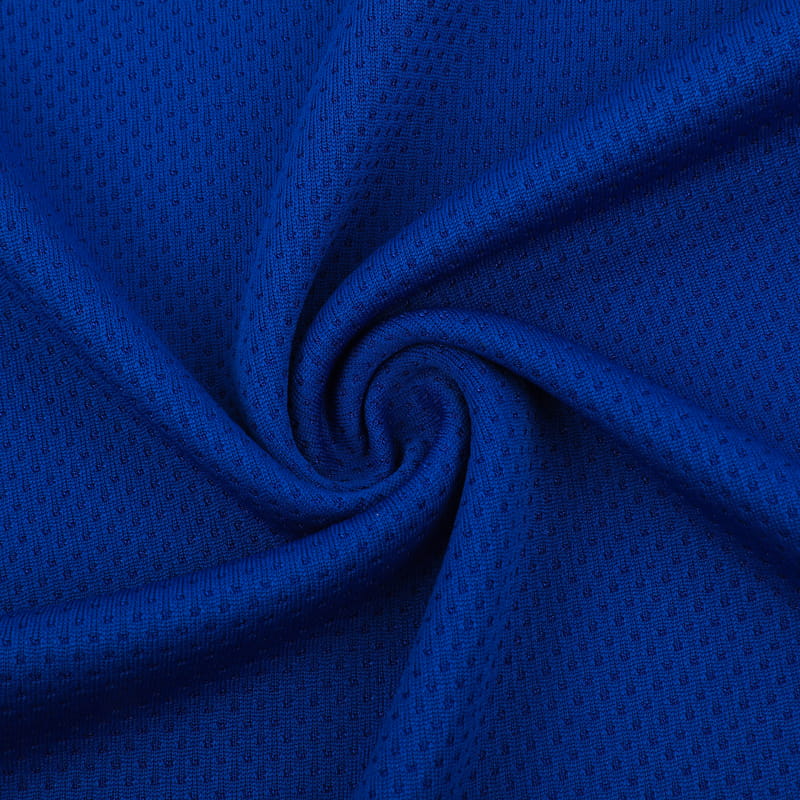Sublimation refers to a printing process that involves the transfer of ink onto fabric or other materials using heat and pressure. It is commonly used in textile printing to create vibrant, durable, and high-quality designs on fabric. Sublimation printing offers several advantages, including the ability to produce intricate designs, sharp details, and full-color graphics.
Here's an overview of the sublimation printing process:
Design Preparation: The desired design is created digitally using graphic design software. The design can include a combination of colors, patterns, and images.
Printing on Transfer Paper: The design is printed onto a special sublimation transfer paper using sublimation inks. These inks are designed to turn into a gas when heated, allowing them to penetrate the fabric fibers.
Fabric Preparation: The fabric to be printed on is typically made of polyester or polyester-blend material. Polyester has a high affinity for sublimation inks, ensuring vibrant and long-lasting prints. The fabric is pre-treated to remove any impurities and ensure optimal ink absorption.
Transfer Process: The printed sublimation transfer paper is placed on top of the fabric with the printed side facing down. The paper and fabric are then subjected to heat and pressure using a heat press machine. The heat and pressure cause the sublimation inks on the paper to convert into a gas, which then permeates the fabric and binds with its fibers.
Cooling and Removal: After the transfer process, the fabric is cooled down, which solidifies the sublimated inks and locks them into the fabric. The transfer paper is removed, revealing the vibrant and fully printed fabric.
Sublimation printing offers several advantages over traditional printing methods, such as screen printing or direct-to-garment printing. Some of these advantages include:
Vibrant Colors: Sublimation printing allows for the reproduction of vivid and full-color designs with intricate details.
Durability: The sublimated inks become a part of the fabric, resulting in prints that are highly resistant to fading, cracking, or peeling.
Breathability: Sublimation printing does not create a thick layer of ink on the fabric, allowing for better breathability and moisture-wicking properties.
Design Versatility: Sublimation printing offers flexibility in design placement and the ability to print complex and all-over designs seamlessly.
Printed fabric refers to any fabric that has been adorned with a printed design, pattern, or artwork. It can be achieved using various printing methods, including sublimation printing, screen printing, digital printing, or block printing. The choice of printing method depends on factors such as the desired design, fabric type, quantity, and budget.
 100% polyester brushed printing knit fabric is front-side plain with back-side brushed.The front side can be customized with very own prints. The fabric is 2-way stretchy with smooth and soft handfeel. Polyester brushed fabric doesn’t wrinkle easily and has excellent recovery (meaning it snaps back into shape after being stretched).Overall, it's an excellent option for athleisure hoodie, jacket and pants.
100% polyester brushed printing knit fabric is front-side plain with back-side brushed.The front side can be customized with very own prints. The fabric is 2-way stretchy with smooth and soft handfeel. Polyester brushed fabric doesn’t wrinkle easily and has excellent recovery (meaning it snaps back into shape after being stretched).Overall, it's an excellent option for athleisure hoodie, jacket and pants.
 100% polyester brushed printing knit fabric is front-side plain with back-side brushed.The front side can be customized with very own prints. The fabric is 2-way stretchy with smooth and soft handfeel. Polyester brushed fabric doesn’t wrinkle easily and has excellent recovery (meaning it snaps back into shape after being stretched).Overall, it's an excellent option for athleisure hoodie, jacket and pants.
100% polyester brushed printing knit fabric is front-side plain with back-side brushed.The front side can be customized with very own prints. The fabric is 2-way stretchy with smooth and soft handfeel. Polyester brushed fabric doesn’t wrinkle easily and has excellent recovery (meaning it snaps back into shape after being stretched).Overall, it's an excellent option for athleisure hoodie, jacket and pants.

 English
English 中文简体
中文简体





.jpg)








